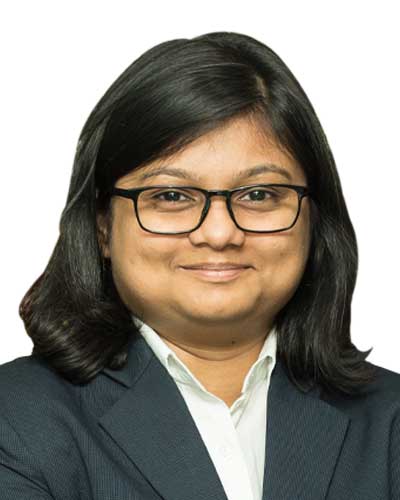Telecommunication sector providers have enjoyed massive windfalls over the last few years through significant revenues and margins from new business models such as the cloud, security, payments and insurance services. While revenue streams have grown, stringent regulations and the cost of licences and other fees, continue to be pain points for service providers.
With the introduction of the Indian Telecommunication Bill, 2022 (bill), regulations in this and allied sectors are taking a more consumer-centric approach. This is not only specific to India but is also happening in advanced jurisdictions, such as the EU and the US. Focus has been on moving away from increasing compliance by consumers and customers to regulating private parties in a graduated manner. The graduation depends on the underlying technology used or built to provide services to the last-mile customer. The EU distinguishes between phone numbers to determine whether a particular service relies upon a phone number or is independent of it, and therefore whether it is subject to licences, authorisations and regulatory frameworks. Telecommunication laws in the US have also moved away from strict regulation of customer premises equipment, which is managed by the end users and is already subject to qualitative checks before being supplied.

Associate partner
TMT Law Practice
Unfortunately, the bill as presently drafted does not provide clarity regarding customer equipment. It seems end users will have to apply for registration, authorisation or licences from providers. This runs contrary to the global consumer-centric regulatory approach, and will over-regulate services that have been freed from licensing elsewhere. The bill also blurs the lines between commercial-scale services and those that merely connect two individuals through audio, video or data. A light touch, graduated framework, akin to that in Malaysia, could be suitable for India, imposing different compliance requirements on pure software providers and cloud computing resellers. This would allow an appropriate distinction by factoring in the kind of service, the underlying technology and the intended service providers and recipients.
The rapid spread of the internet of things, connected devices already proliferating in our homes, workplaces, and the wider society in smart cities, is reliant upon 5G connectivity. To manage these devices, service providers need to be able to take advantage of the scalability and flexibility offered by the cloud against the backdrop of a nuanced regulatory framework. The success of any policy intervention will depend heavily upon capex concerns. Infrastructure and network sharing will be needed to cap the initial investment and generate value and efficiency in the deployment of the next-generation communications infrastructure. To ensure that such sharing does not morph into cartels, regulations will be vital to preventing price fixing, supply reduction, and investment limitation.
There already exist several telco-multi-network operator alliances, and the global proliferation of 5G may encourage such networks to go beyond just video and audio streaming and add gaming. While the national antitrust regulator does not consider the current situation merits investigation, legislators may propose rules and guidelines to ensure that the telecom market in India does not further consolidate.
With privacy discussions ongoing, the focus of regulations is on ensuring that consumers are highly empowered and do not have to rely upon the discretion of service providers for their rights. The Digital India dream is approaching its realisation in the form of technology and innovation, as well as the regulatory framework. The intent of the legislature regarding regulation seems to be recognising technical convergence and a future-proof, technology-agnostic law and policy environment. Discussions have taken place over reorienting the telecom, innovation and associated segments through a comprehensive legislative framework under a single Digital India Act. The government is no longer obdurate and is accommodating the private sector. There is hope that this conversation between public and private parties, will result in a coherent, cohesive, forward-looking, consumer-friendly framework. The future of the law lies in simplicity, and not duplicating efforts beyond what is necessary.
Bagmisikha Puhan is an associate partner at TMT Law Practice.
TMT Law Practice
C-2/39, Safdarjung
Development Area,
adjacent to Aurobindo Market
New Delhi-110 016, India
Contact details:
Tel: +91 (11) 26512813
+91 (11) 41682996
Email:




























